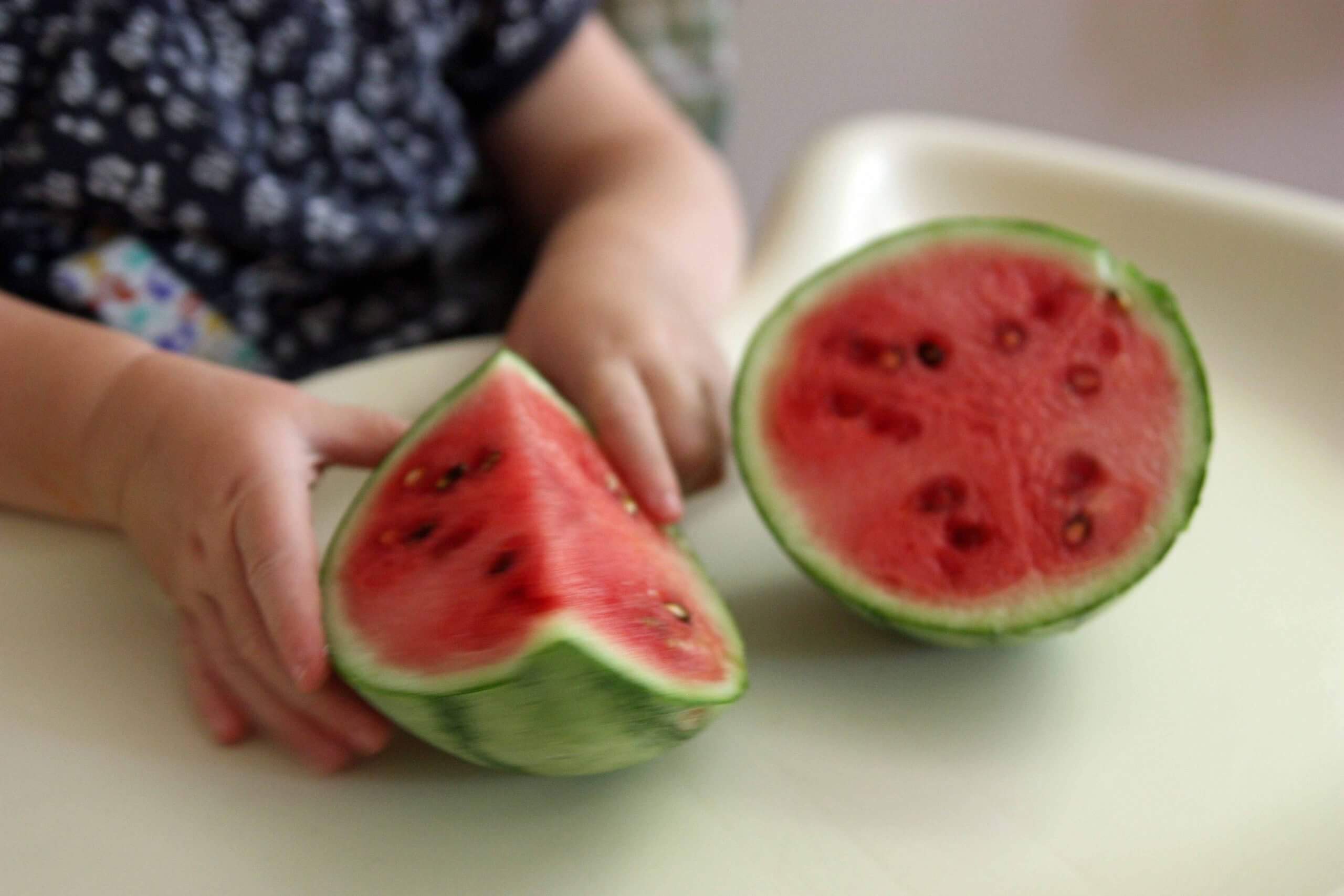“I lost all of my watermelons to black rot. How can I prevent this next year?” Question from Tina of Holley, New York.
Answer: I am so sorry! The excess moisture of the season has caused extra problems for fruit and veggie growers out East. Black rot on watermelon (more commonly called “gummy stem blight” (GSB)) is a nasty disease caused by the fungus, Didymella bryoniae. Not only does it attack watermelon, but it infects all cucurbits (cantaloupe, squash, cucumbers, etc.). Thankfully, there are several steps you can take to managing it in the future.
- Clean up: Remove all vines and debris infected with GSB, and bag and dispose of them in a sanitary manner. Never compost them. GSB will hang out on any old infected crop litter, ready to infect more veggies.
- Rotate: Refrain from growing melons for at least three years in the spot where you experienced GSB.
- Seed: Purchased seed can be infected with GSB without you knowing it. Be sure to buy seeds from good seed companies that will ensure their seed is GSB-free.
- Nursery seedlings: If you buy your watermelon as seedling starts from a nursery, inspect them first. Seedlings with GSB will show several telltale symptoms: dead areas on leaf edges, and oozing-water-soaked areas on the stems. Basically, if seedlings don’t look perfectly healthy, something’s wrong.
- Raise planting areas: Raising your planting area can help keep roots from becoming waterlogged and plants drier. Also, plant them in full sun and areas with high air flow. This may help them better resist the disease in the field.
- Keep beds well weeded: Some weeds are carriers of GSB, so clean beds are better beds.
- Monitoring: Monitor plants for any signs of GSB. Look for oozy, gummy stem lesions, leaves with dead edges and spots (with concentric circles in the spots), and the beginnings of fruit lesions. (Click here for images.) Remove plants immediately if they have GSB.
- Fungicide application: Several fungicides can manage GSB, but all are highly toxic. (Learn more here.) Sadly, no organic options work, yet.
- Post-harvest storage: GSB infection can also occur on the skin of just-picked watermelon that look okay. Avoid damaging melon skins after harvest, and store fruits at 45°F–50°F to prevent black rot after harvest.
Work is being done to find resistant watermelon varieties, but none have hit the market so far. Good luck, and keep us posted on your melon growing next year.
Best, Jessie



